Marine Biology Lab Midterm
1/77
There's no tags or description
Looks like no tags are added yet.
Name | Mastery | Learn | Test | Matching | Spaced |
|---|
No study sessions yet.
78 Terms
Porifera
sea sponges
Mollusca charteristics?
Radula, foot, mantle (phylum)
Gastropoda
sea snails and slugs Class
Nudibranchia
sea slugs Order
Cephlopoda
Octopuses and squid (class)
Bivalvia
Clams. Umbo hinge line
(class)
Cnidaria
stinging animals (phylum)
Hydrozoa
hydras like Portuguese man o war (class)
Cubozoa
box jellies and sea wasps (class)
Syphozoa
Jelly fish (class)
what subclasses are in Anthozoa
hexacoralia, octocoralia
Anthozoa
corals and sea anemones class
Actiniaria
order of sea anemones
scleractinia
stony corals order
gorgonacea
gorgonians and sea slugs order
Ctenophora
comb jellies phylum
platyhelmenthes
phylum flat worms
echinodermata
phylum echinoderms
echinoidea
class sea urchins
holothuroidea
class sea cucumbers
ophiuroidea
class brittle sea stars
asteroidea
class sea stars
crionidea
class sea lilies/crinoids
arthopoda
phylum bilateral symmetry, segmented body
crustacea
subphylum of arthopoda
maxillipoda
class barnacles and copepods
Malacostraca
class of crabs shrimp krill
decapoda
order crab and shrimp lobster
isopod
order isopods
amphipoda
class flat shrimp
chelicerata
subphylum
merostomata
class Horeshoe crab
Annelida
A phylum of segmented worms, including earthworms and leeches.
polychaeta
phylum feather dusters, christmas tree, tube worms
thalassia testudium
turtle grass fettuccini
syringotium filiforme
manatee grass spaghetti
halodule wrightii
shoal grass angel hair
red prop roots that stick out of the water point leaves
red mangrove
oval shaped leaves, dead man's fingers
black mangrove
round leaf's, thick trunk
white mangroves
Chlorophyta
green algae
phaeophyta
brown algae
rhodophyta
red algae
bryozoans
colonial invertebrates calcareous skeleton
if a lot of bivalves were present what would that mean for the substrate?
usually infaunal meaning there would be very little hard substrate
Nekton
organisms that can move independently of currents
can plankton move independently of currents
no they need currents or other physical forces
phytoplankton are what
autotrophic
zoopkaton are what
heterotrophic think of the hboi tour and how we collected a bunch of baby crabs. Animals
Megaplankton are what size
2mm
macroplankton are what size
larger than 0.5mm
mesoplankton are what size
0.2-0.5mm
microplankton are what size
0.06-0.2mm
nanoplankton are what size
0.005-0.06mm
picoplankton are what size
less than 0.005mm
Chrysophyta
diatoms: silica cell wall. forms fossils or diatomaceous earth
haptophyta
coccolithophores. Think the clivers of Dover. they form chalky plates
dinoglagellata
dinoflagellates. alga that has cell wall of silica common fossil in soik and sediment deposits and culprit of red tide plus bioluminescence
cyanobacteria
blue green algae however its bacteria
Chaetognaths
arrow worm. very fast for seize and predator of zooplankton
pteropods
Mukkucs; very simular to snails
they live in the open ocean
ichthyoplankton
larval fish
epifauna
living on ocean bottom or substrate
infauna
living in the bottom
what are some motile organisms
brittle sea stars, worms, horse-shoe crabs.
fringing reefs
grow near or attached to the shoreline in shallow water
barrier reef
typically grow along outer edges of continental shelves
atolls
circular reefs enclosing lagoons withour a central island. brgin growing upward around seamount
patch reef
are isolated comparatively small reef outcrops usually surrounded by sand or seagrass beds
what do coral need to survive?
a. water clarity and sunlight
b. warm water 20-32 C
c. Oligotrophic water
d. currents
e. all the above
e
branching algae that looks like a wanky tree
halimeda spp.
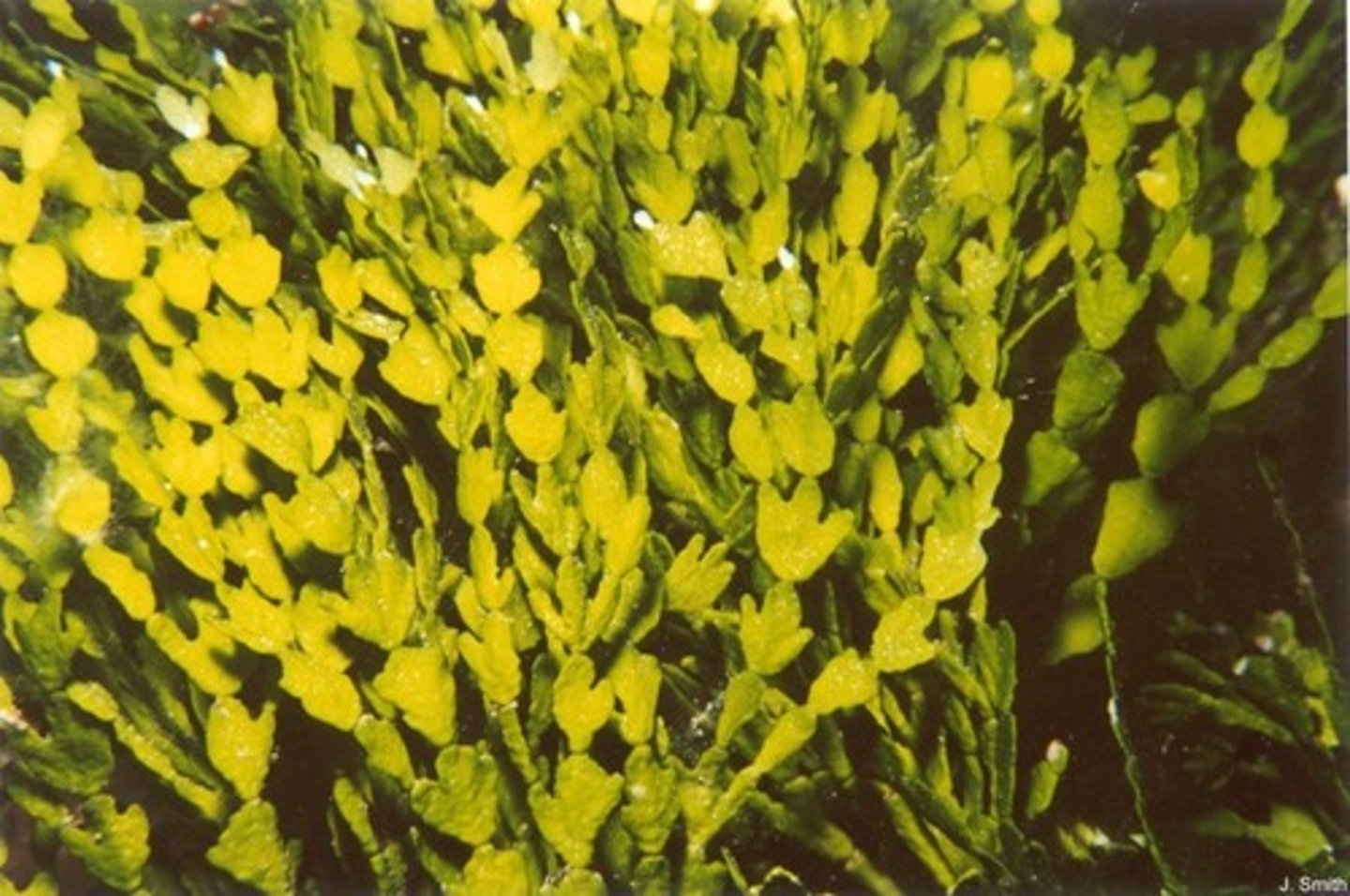
algae that is straight and kind of looks like when you put you hand spread out
Codium sp
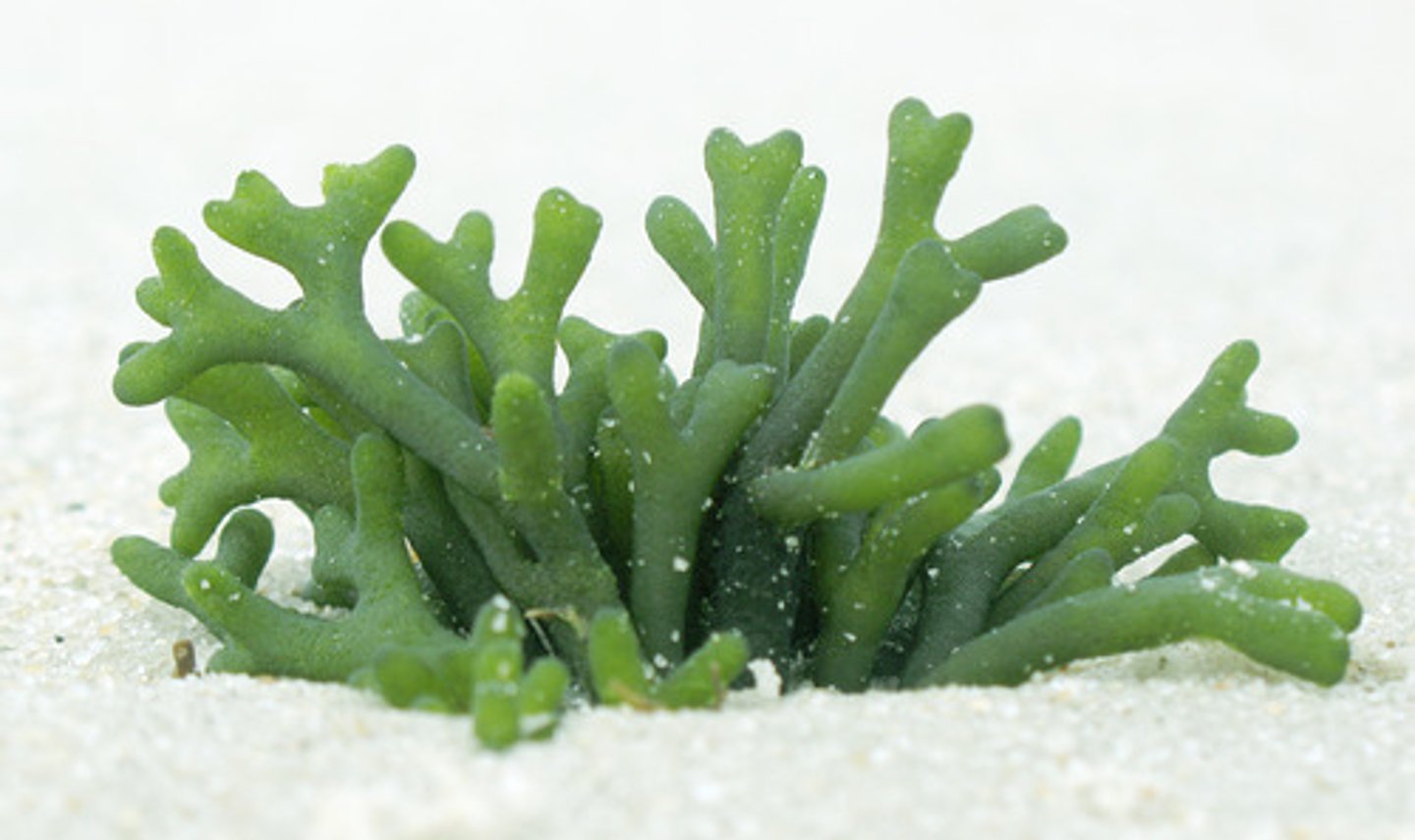
merman's shaving brush. looks like a brush at the end that you put shaving cream on
penicillus pyriformis
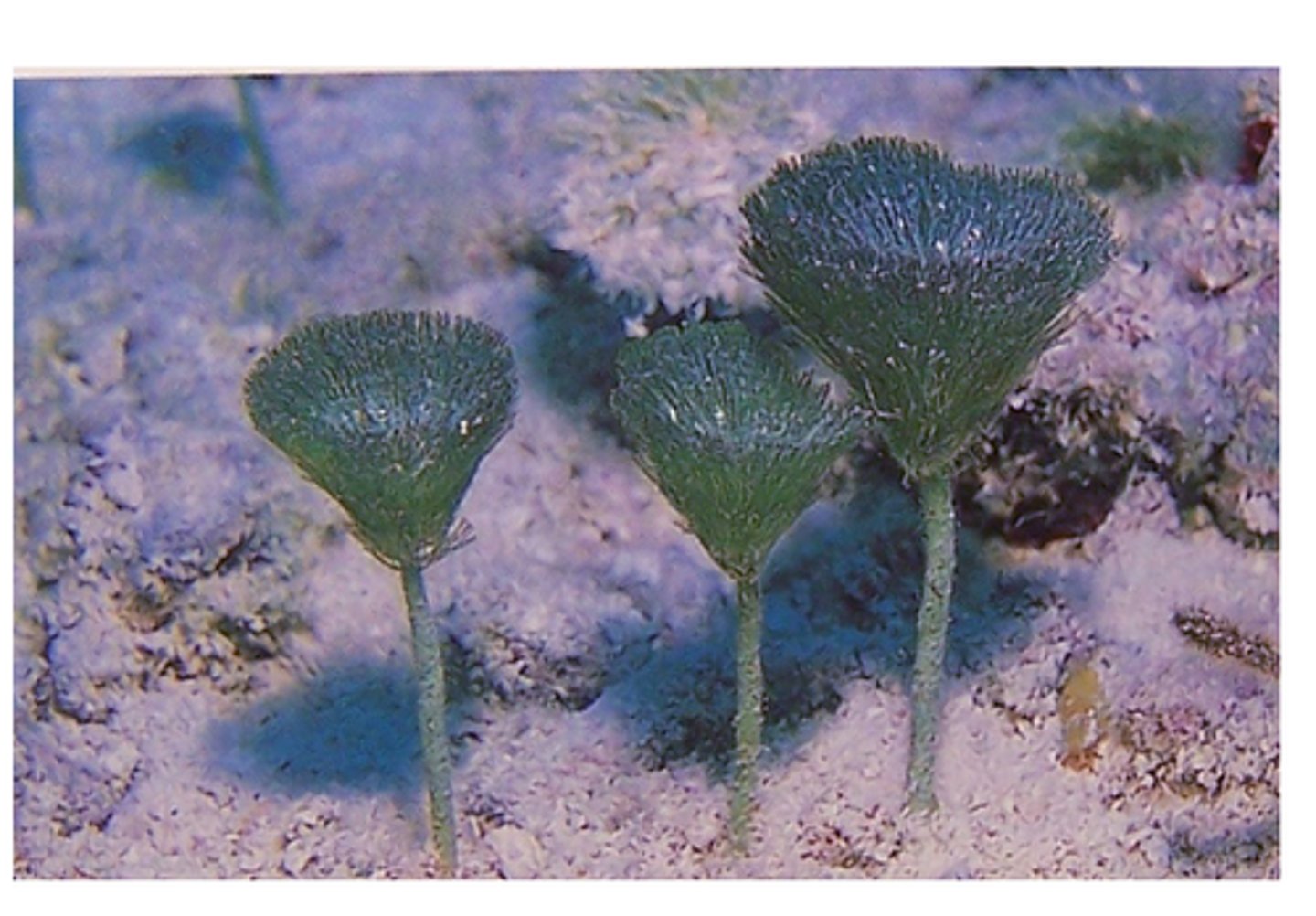
mermaids wine cup. Spiral. when you stick it to your nose it shows if you are one with the sea
Acetabularia calyculus
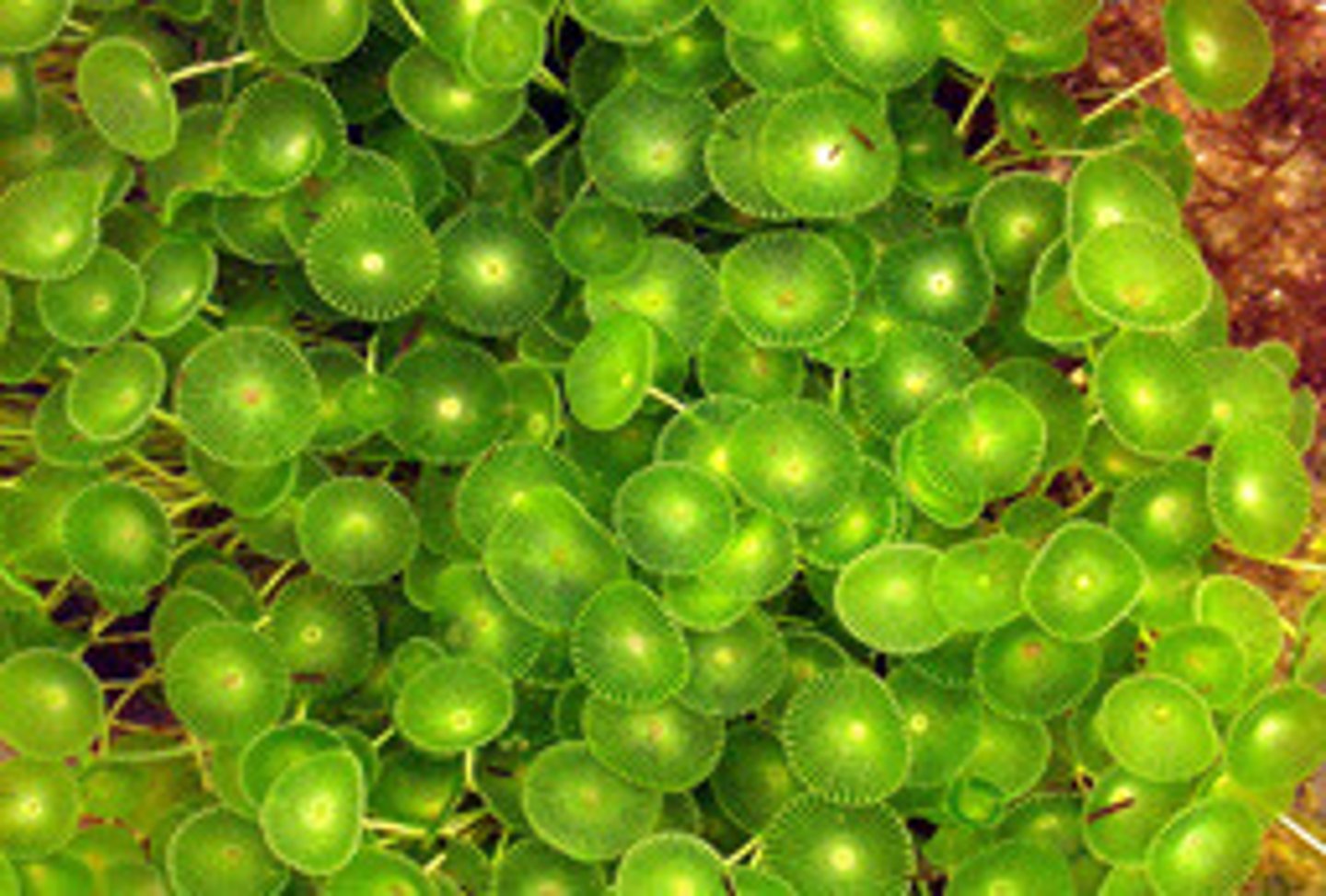
sea pearls. These can get really big and are circular
Ventricaria ventricosa
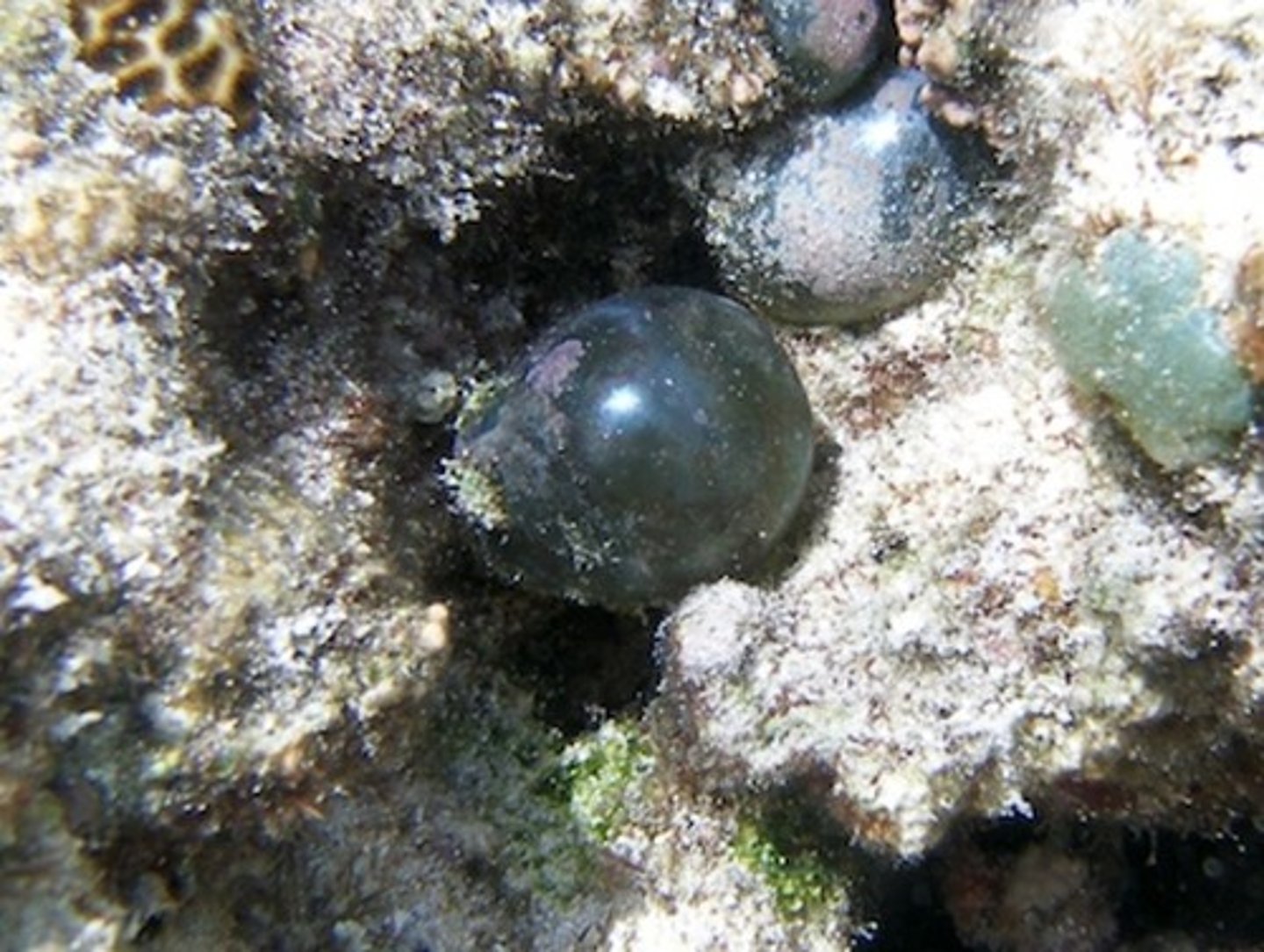
mermainds fan. this looks like an algae fan
udotea flabellum
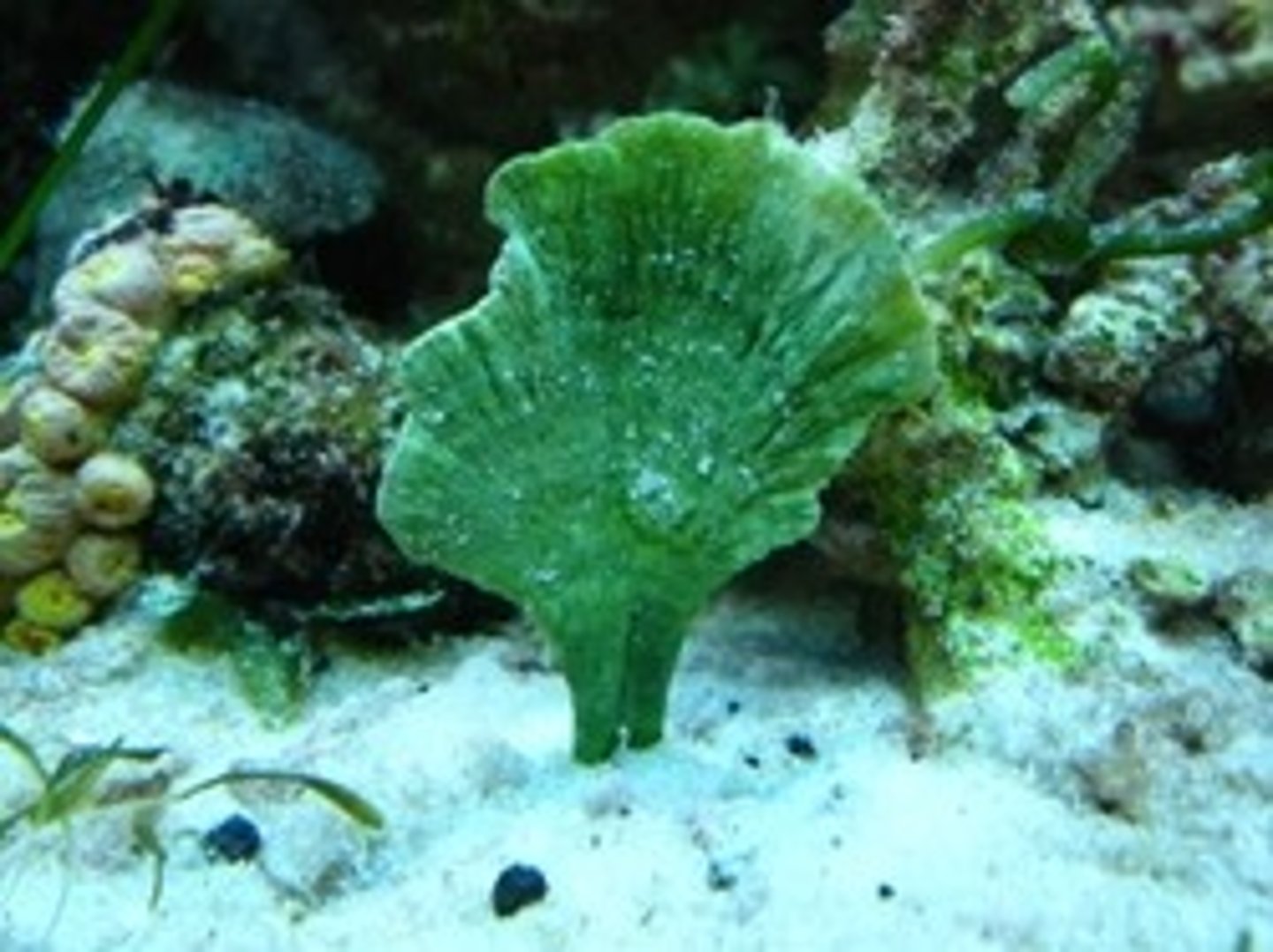
what are some important uses for algae?
biofuels, agar, cosmetics, food, clean up
what is a clear difference between algae and sea grass?
algae holds onto something, where as seagrass plants itself (it has roots)